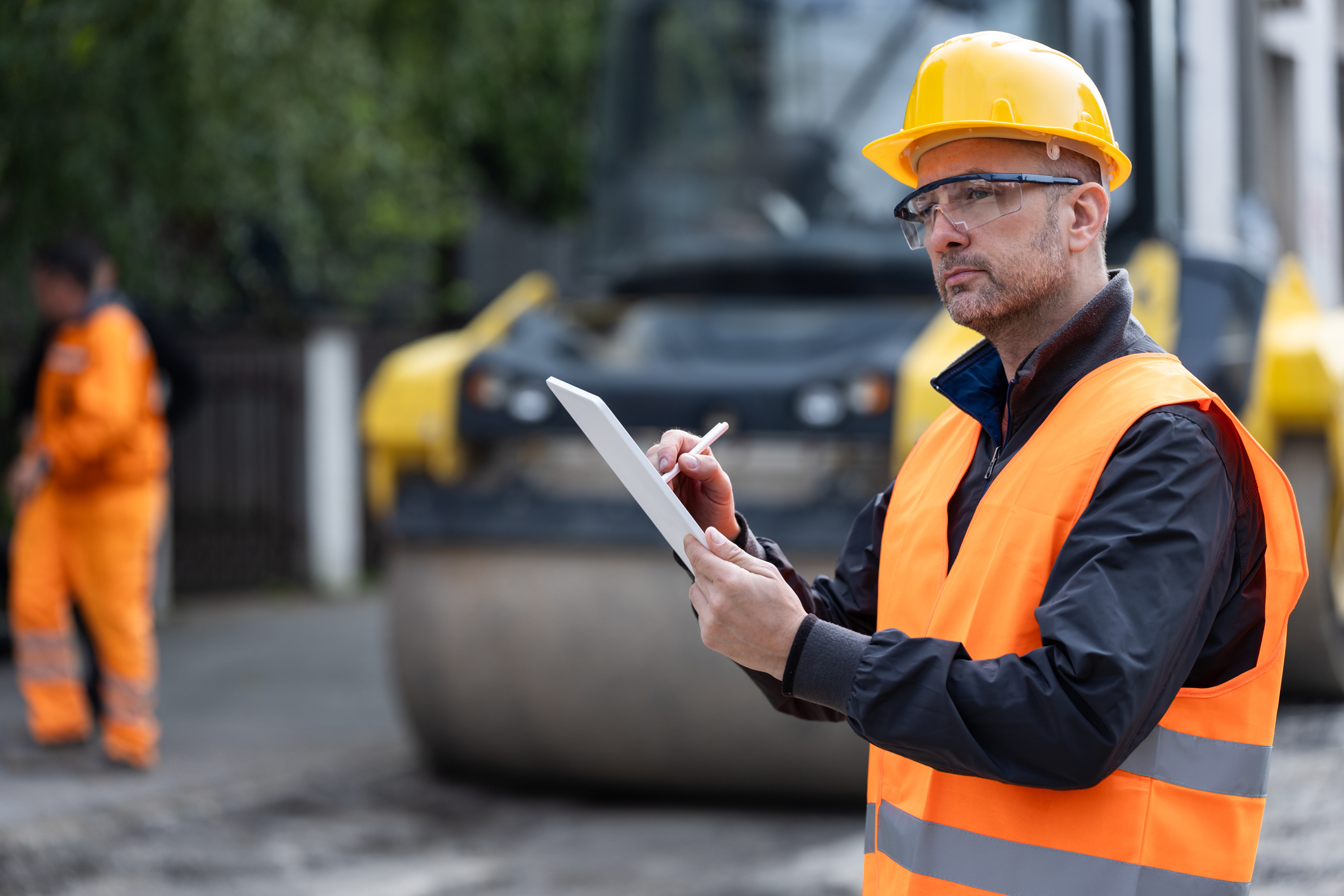At a press conference this week regarding a new Columbia River Bridge, both Washington and Oregon governors seemed to agree that though congestion relief is a priority for the public, it is not a priority for them.
The bridge would replace the existing I-5 bridge that connects Vancouver, Washington and Portland, Oregon. It was first opened in 1917 carrying two-way traffic. Another bridge was constructed in 1958 and was designed with a lift system so boats could pass beneath both bridges. According to data from 2016, every day about 135,000 vehicles and about $110 million in freight cross the bridges. Both bridges are now “considered functionally obsolete or distressed.”
Relieving traffic congestion and improving mobility should be a top priority for this corridor. Instead, it seems that rail is the priority instead. Oregon’s Governor Kate Brown said that her priority is seismic resilience and high-capacity public transit, which would “hopefully” reduce congestion. It is clear that reducing congestion is just an afterthought.
Washington’s Governor, Jay Inslee, indicated that the new bridge must have “high-capacity transit,” and said he prefers light rail. Yet part of the reason the Columbia River Crossing project was terminated in 2014 was because officials wanted to add a $1 billion light rail line, which was unpopular.
Governor Inslee’s preference for rail – whether it be light rail or high-speed rail – is well known.
Earlier this year, despite California largely abandoning their costly bullet train project, Governor Inslee tasked the Washington State Department of Transportation (WSDOT) with studying high-speed rail from Vancouver, British Columbia to Portland, Oregon. At a press conference, the Governor said, “When you build a high-speed rail line, you are building a monument to optimism.”
When asked directly by press about his optimism with this second attempt at a Columbia River Crossing that includes tolls and unpopular light rail, the Governor said: “I think this is a new time and a new day. I am optimistic about getting this project done for several reasons. One, there is no other option. Two, there are different people involved. There’s been a change in the makeup of the Washington State Legislature, so I believe we are more likely to find a resolution.”
Working families and businesses need real traffic congestion relief, not more political monuments “to optimism.”



